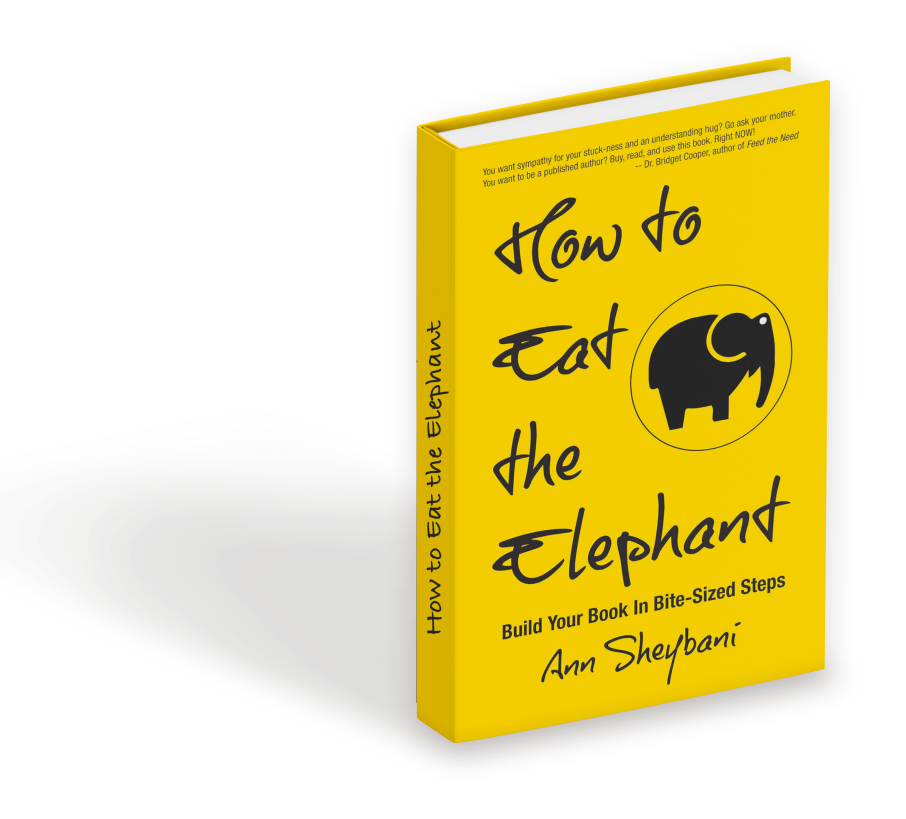I’ve had the same conversation with a number of my coaching clients this week, so I think it’s high time I share this lesson with you nice people. (If you’re not a writer, start paying attention to this stuff as a reader. It will really open up your appreciation for the choices an author makes.)
Here’s the thing. When we’re sharing a personal story, one that has a lot of power and emotion for us, there’s is overwhelming urge to write it in present tense, i.e. I walk through the door. I smell danger. I know he’s there, waiting to pounce on me, to dine on my innards.
And present tense makes the situation feel alive; it really does, that’s why we’re drawn to it as writers. As readers, it makes our heart beat faster, our eyes dart ahead to the next page. That’s the major advantage.
But the use of present tense, especially for a book-length manuscript, also comes with a lot of complications. It’s why I generally recommend that, at least for the first draft, you write your story in the past tense. Despite some drawbacks (you simply need to be aware of them), the past tense is much easier to manage.
Here’s why, in an advantage vs. disadvantage snapshot.
This concise past tense vs. present tense list is taken from a blog post written by author Emma Darwin. I think it’s probably one of the better ones out there.
Past tense – the advantages
- Manipulating time: a year in a sentence or a day in 600 pages, a story told backwards or inside-out or from both ends inwards.
- Flexibility of pace: you can quite naturally change speed and gear in narrating events.
- Creating suspense: we know there is a future to this story (because it’s being told from there): it’s a mystery but not a blank. The narrator can even hint at or tell bits of it.
- Backstory and flashbacks are much easier to handle because there are so many more kinds of past tense than present tense.
- Characterisation is easier and potentially deeper when you can handle the Then and Now of your story so fluently.
- Narrator and actor in the story are separated by time, even if they’re the same character; free indirect style comes naturally, to help evoke voice, character and consciousness.
- Past tense sets the action in the wider context of people and their pasts and futures, so there’s scope for dramatic irony and greater understanding.
Past tense – the drawbacks
- The events of the story are over: the reader knows it, and knows that the narrator, at least, probably didn’t die.
- It’s easy to slip into telling rather than showing: informing the reader, where you should be evoking the minute-by-minute tension of action.
- Handling past tenses is trickier for novices, because there are more to choose from, and the had had problem with flashbacks needs a bit of thought.
- Combined with third person it’s easy for learner-writers to slip into a rather distant, bland narrative style, remote in psychic distance, so we never really experience things as the characters do.
Present tense – the advantages
- Immediacy: the story is projected into the reader’s “now”.
- Realism in time: the action is continuous and forward-moving, as it is in real life.
- Disorientation: the stream of one-thing-after-another-after-another suits any narrative where the point-of-view character is disoriented.
- The eternal present suits characters who forget or repress their past and future, and stories where the theme is the evanescence of the present.
- Defamiliarisation: when present tense was a rarely-used technique (Dickens used it, but after that no one much till the 1950s) its effect was strange and estranging.
- It simplifies handling tenses: mostly just simple and continuous present to grapple with.
- Combined with first person, present tense closes the gap between narrator and actor: what the actor is experiencing is all that the narrator can know.


